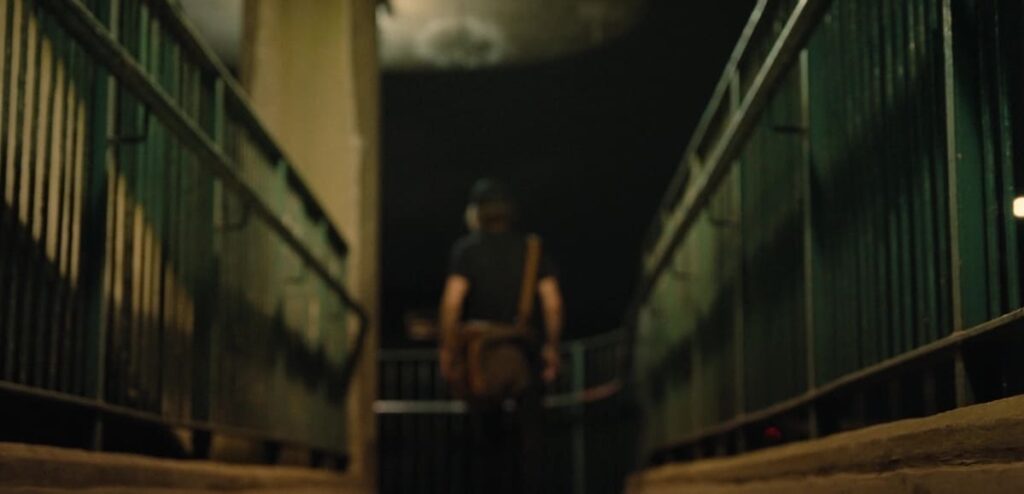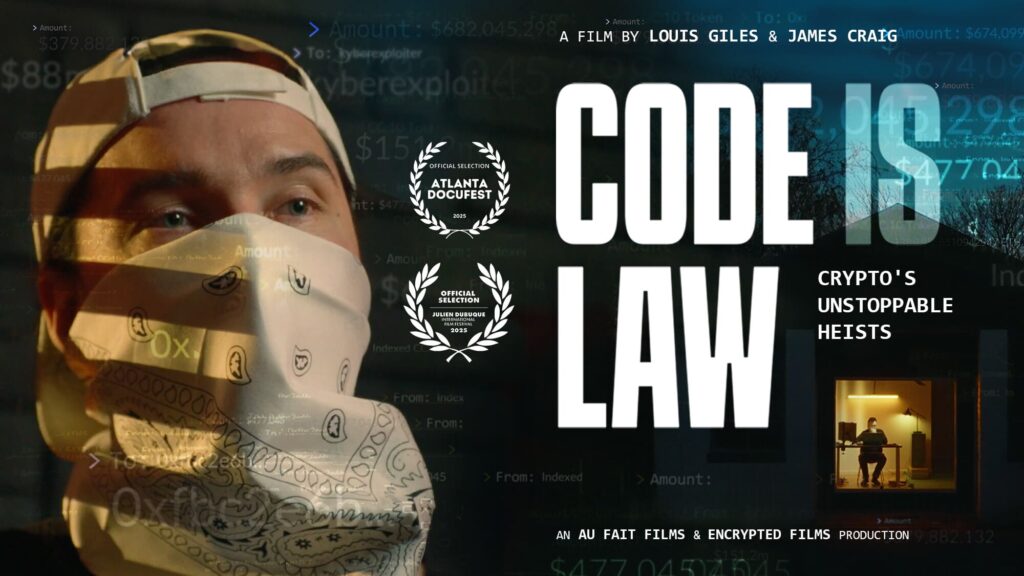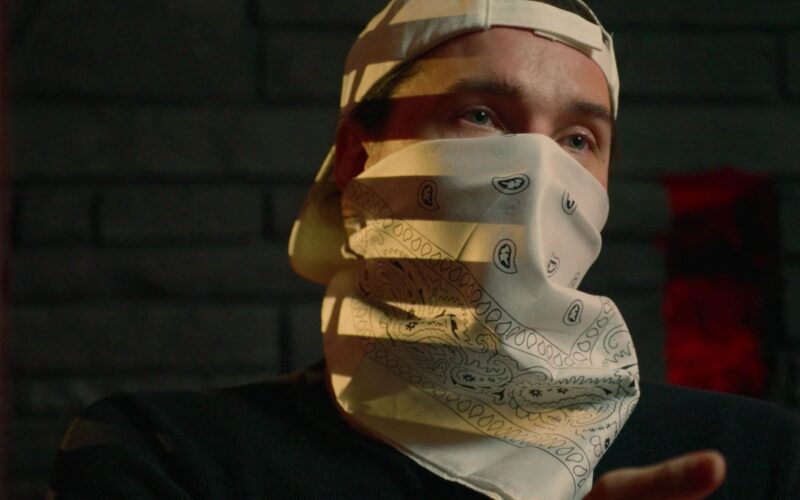Blending journalistic precision with cinematic flair, the documentary exposes an unprecedented wave of crypto heists—where hackers claim innocence under the mantra “code is law.” Through first-hand testimonies, expert analyses, and a wealth of tweets, press clippings, and digital evidence, Craig and Giles paint a vivid picture of a world oscillating between utopia and chaos.
Anchored by the infamous $50 million DAO hack and culminating in the audacious crimes of Andean Medjedovic, Code is Law examines how decentralization’s promise of freedom collides with the absence of accountability. The film’s structure cleverly mirrors this tension: it starts in the realm of innovation and finance before morphing into a tense, escalating thriller that keeps viewers on edge.
Visually, the film shines. The cinematography creates a sense of mystery and unease through darkly lit interviews, reflections of computer screens, and minimalist compositions that capture the alien beauty of the crypto world. The filmmakers resist the temptation of flashy effects, instead opting for a restrained, cinematic look that keeps the focus on people—their obsessions, fears, and justifications. The editing, sharp and purposeful, builds suspense while maintaining clarity—a rare feat for such a complex topic.

More than just a documentary about crypto, Code is Law is a reflection on power, morality, and the fragility of human systems in the face of technology. Even for viewers unfamiliar with blockchain, it’s an enthralling ride that turns an abstract concept into an emotional and intellectual experience.
A meticulously crafted and thrilling dive into the wild west of digital finance—Code is Law proves that, in the age of algorithms, truth might just be the ultimate hack.










